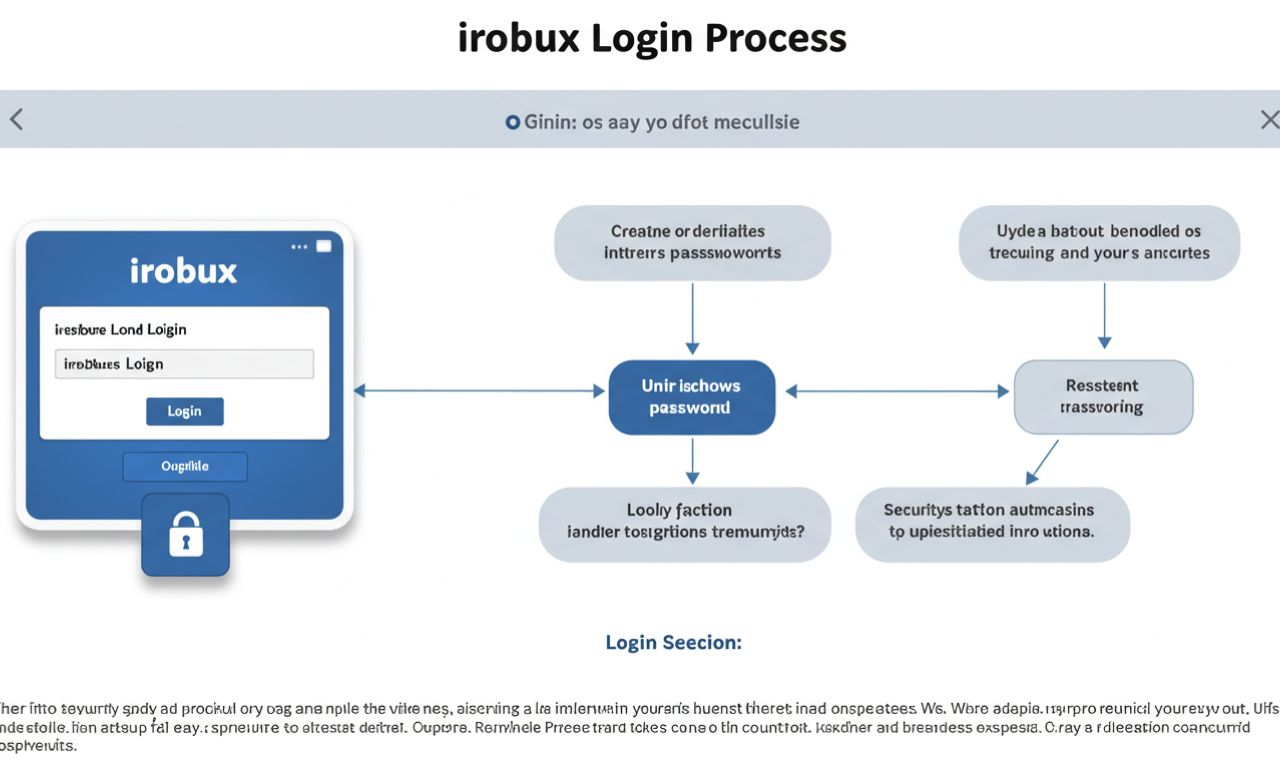When crafting content that resonates, few audiences are as dynamic or discerning as parents. They’re tech-savvy, time-crunched, emotionally invested in their kids’ futures, and often bombarded with conflicting advice.
If you’re a content writer or marketer trying to reach this group, understanding the growing concern around digital wellness is essential.
This article explores what digital wellness means to modern parents and why it matters for content creators. It also shares how to write in a way that connects and informs without triggering digital fatigue or sounding tone-deaf.
Why Parents Are (Rightfully) Wary of Screens
Let’s be honest — screen time is the parenting battleground of our era. From toddler-friendly YouTube channels to educational apps and video games that claim to teach problem-solving skills, digital media is deeply embedded in childhood today.
According to AACAP, kids ages 8 to 12 spend an average of 4–6 hours a day on screens. Teens can spend up to 9 hours, not including time spent on schoolwork.
While screens can educate and entertain, research consistently links excessive screen time to higher anxiety, depression, and lower psychological well-being. This only deepens parents’ concerns about overexposure and digital dependency.
Parents aren’t just looking for products or services; they’re looking for peace of mind. So, when you write content targeted at them, acknowledging these realities goes a long way. Don’t just pitch features. Speak to their deeper concerns.
The Rise of Conscious Tech Parenting
Millennial and Gen Z parents are digitally literate. They know that not all screen time is created equal. Some actively use parental controls, limit device use at dinner, or follow tech-free weekends. They’re part of a growing movement that values conscious tech consumption, and they want content that reflects this lifestyle.
This opens up opportunities for writers to weave in values like:
- Balance over restriction
- Educational content over entertainment fluff
- Wellness over engagement metrics
If you’re writing blog posts, newsletters, or product descriptions aimed at parents, consider how your content can align with these values. Can your brand position itself as a tool for tech-positive parenting rather than a distraction? Can you offer resources that help parents set boundaries rather than just grab attention?
The Ethical Line: When Engagement Becomes Exploitation
In today’s digital ecosystem, attention is currency. Brands, apps, and platforms constantly compete to capture and keep users engaged, and nowhere is this battle more intense than with young audiences.
Children and teens, still developing critical thinking and self-control, are especially vulnerable to persuasive digital designs. As concerns about these tactics grow, parents and advocacy groups are beginning to push back. The growing number of addiction-related cases filed through the video game lawsuit that are making headlines shows just that.
The lawsuit claims that major gaming companies intentionally design games to be addictive. They use tactics like reward loops and microtransactions to hook young players, TorHoerman Law notes. Families argue that these practices have led to serious mental health, financial, and behavioral issues among children.
According to the Cleveland Clinic, video game addiction can lead to poor school or job performance, strained relationships, and even withdrawal symptoms. Shockingly, up to 10% of the U.S. population may be affected.
Even if you’re not in the gaming industry, these stories are reshaping the broader conversation around digital responsibility. When parents see companies being sued for creating digital experiences that are hard to walk away from, they don’t just question the games. They scrutinize every app, platform, and piece of content their kids engage with.
For content creators, that raises the bar. In a world where skepticism runs high, building and maintaining trust is no longer optional; it’s everything.
Writing Tips: How to Address Digital Wellness Authentically
If you’re aiming to build credibility with parents concerned about digital health, here are a few ways to weave that awareness into your writing:
Use Empathy-First Messaging
Avoid preachy tones. Instead, validate the chaos of modern parenting and offer practical, judgment-free guidance.
Offer Tools, Not Just Talk
If your content can recommend screen-free activities, ways to use digital tools mindfully, or links to expert-backed resources, do it. Make your writing a hub for helpfulness.
Don’t Glorify Overstimulation
Avoid glorifying constant connectivity or 24/7 accessibility. Instead, encourage healthy breaks, mindful use, and digital downtime.
Highlight Family-Centric Features
If you’re writing for a brand, highlight how the product or service supports family bonding, safety, learning, or screen-time balance.
FAQs
What is digital wellness, and why is it important for parents?
Digital wellness refers to the mindful and balanced use of technology to maintain mental, physical, and emotional well-being. For parents, it’s essential because it helps manage the impact of excessive screen time on both children and adults. Practicing digital wellness can encourage healthier relationships with technology, reduce the risk of addiction, and promote family bonding away from screens.
What role do content creators play in promoting digital wellness?
Content creators have a significant role in promoting digital wellness by creating thoughtful, informative, and ethical content. They can avoid sensationalizing screen time and instead offer practical advice, resources for setting boundaries, and recommendations for healthy tech use.
How can I write content for parents without alienating them about digital wellness?
The best approach is to focus on empathy, balance, and practical advice. Acknowledge the challenges parents face in today’s tech-driven world and offer solutions that empower them to make informed decisions. Avoid sounding judgmental or preachy. Instead, position your content as a supportive resource that respects the diverse parenting styles and concerns around digital wellness.
Overall, writing content for parents in the digital age is about more than keywords and conversions. It’s about respecting the complex digital landscape they’re navigating on behalf of their children. It means recognizing their fears, celebrating their values, and providing them with content that doesn’t just sell but serves.
So the next time you write for this audience, remember: they’re not just looking for the next shiny gadget or parenting hack. They’re looking for brands and writers they can trust in a world that’s constantly asking them to unplug.










